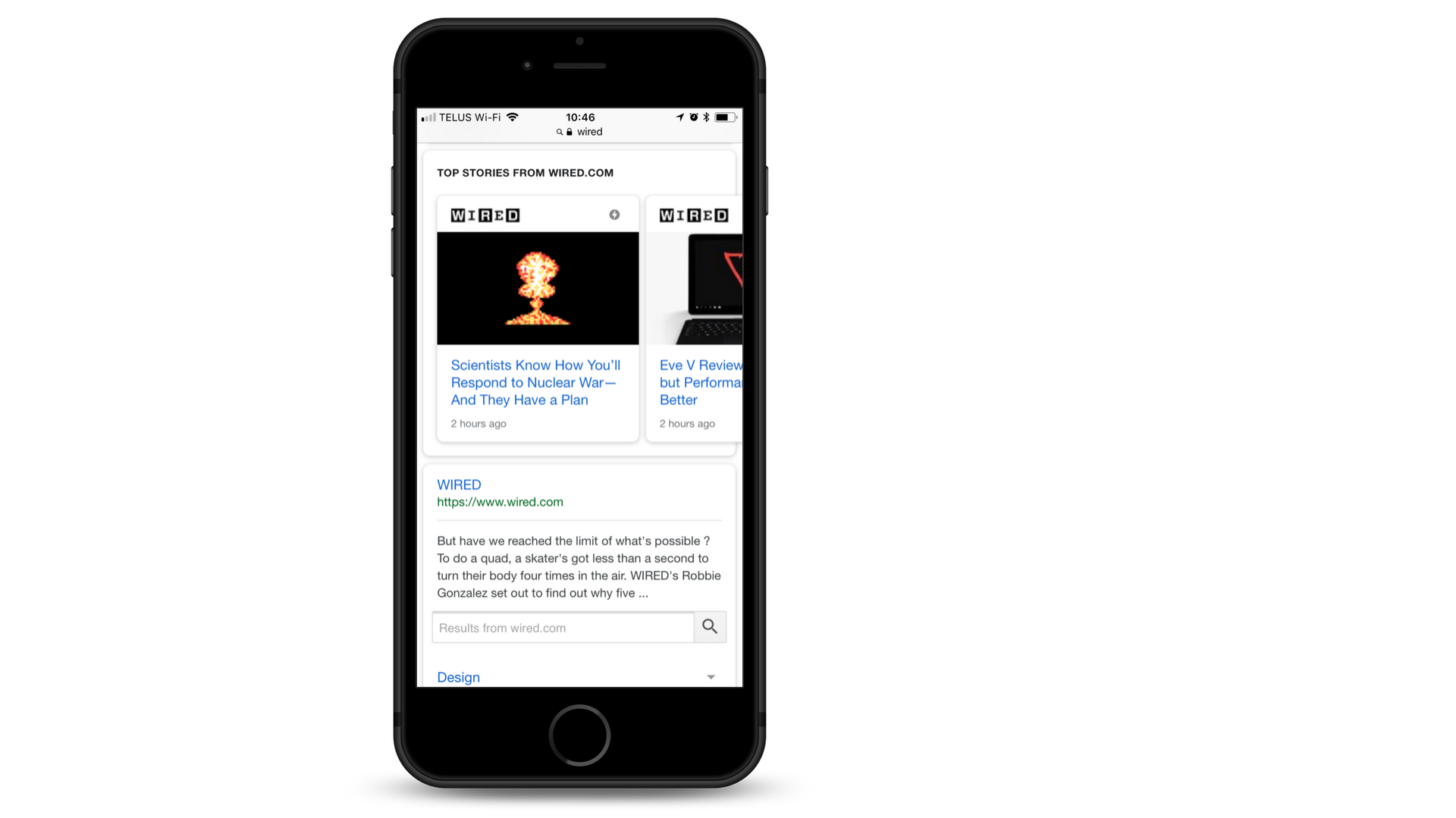We all want more organic traffic to our site. It’s not a secret – organic traffic has the highest conversion, the best value per transaction, the best lifetime value, and is the most likely to actually buy the thing you’re selling.
So how do you get more of it?
In this article, we look at 5 ways to boost your organic traffic with a specific technology: AMP.
Quick explainer: what is AMP?
We’ve covered accelerated mobile pages, or AMPs, before.
To refresh your memory, AMP is a streamlined version of HTML. Its entire purpose is to make websites load really, really fast on mobile devices.
Here's a quick explainer on how the technology behind it works:
It’s an initiative created by Google that has been widely adopted by publishers and social platforms, such as Pinterest and Twitter.
For now, that’s all we really need to know. Here’s how that can help your organic search.
1. Google ranks fast/mobile-friendly pages better
Google (and we’re using Google as a stand-in for all the major search engines here) prioritises user experience above all else. And users have proven again and again that slow sites drive them crazy.
By making your mobile pages faster, you’ll improve your performance against a known organic search ranking factor.
2. They can be cached by Google (and you can bet that helps)
AMPs work in a few different ways to be lightning-fast, but one way is that Google caches a lot of the content themselves.
Basically, AMP strips your site down to its bare essentials, then Google stores a copy of that stripped-down version that it can serve to relevant searches.
This means that when someone loads some search results (say, for a news article), any articles with corresponding AMP versions will already be loaded by the time those results are returned to the user.
This might not be a direct ranking factor (yet), but anything that increases speed and user experience helps your site. We wouldn’t be surprised if Google eventually prioritizes these gstatic cached sites over non-AMP sites.
3. People stick around for longer when sites load quickly – boosting your credibility
First, Google loves to track what people find interesting. Reputation, backlinks, time on site, bounce rate, domain authority – these are all factors Google takes into consideration when they’re thinking about generating SERPs (Search Engine Result Pages).
The more people “like” your site, the better you’re going to rank. That’s why people are doubling down on content investment: if they can produce something people like, it ultimately helps their standing in SERPs.
Second, we know people like their sites to load quickly. Even one second of waiting reduces engagement and time on site.
From that, we can conclude that a faster experience will result in user satisfaction, and users will be more inclined to read and like your content, thus spending more time on your site.
Therefore, your reputation will improve and drive up your position in SERPs to garner more organic traffic.
4. It shows up in a carousel on phones
You know how when you search for some things on Google, and you get a carousel result at the top first? News stories, in particular, tend to do this.

That’s driven by AMP.
And stories that appear there – with images, first-in-line status, and more exposure — see better click-through rates from organic traffic than the pages below.
As an example, the tech publication WIRED saw click-throughs on organic search results increase by 25% after implementing AMP.
That alone is worth strongly considering an investment into AMP.
5. You get the “AMP” icon
Finally, AMP actually has its own icon. It’s a small lightning bolt that appears next to the sites that are AMP-enabled.

Right now, this might not have a huge impact – there aren’t going to be many people seeking it out in their search results.
But as AMP becomes more common, users will begin to connect an experience they like with the lightning bolt.
Over time, this will evolve into preference and, eventually, translate into long-term organic benefits for the relevant websites.
Next Steps
AMP is a no-brainer. Before you even get to looking at organic search benefits, it’s fundamentally designed to make your user experience faster and better.
That should be a priority for every digital team and business.
But if that’s not enough, there are clear benefits to adopting AMP for your site. And even if it’s not enough now, we’re willing to bet the gap between AMP and non-AMP sites it going to grow bigger before it gets smaller.
